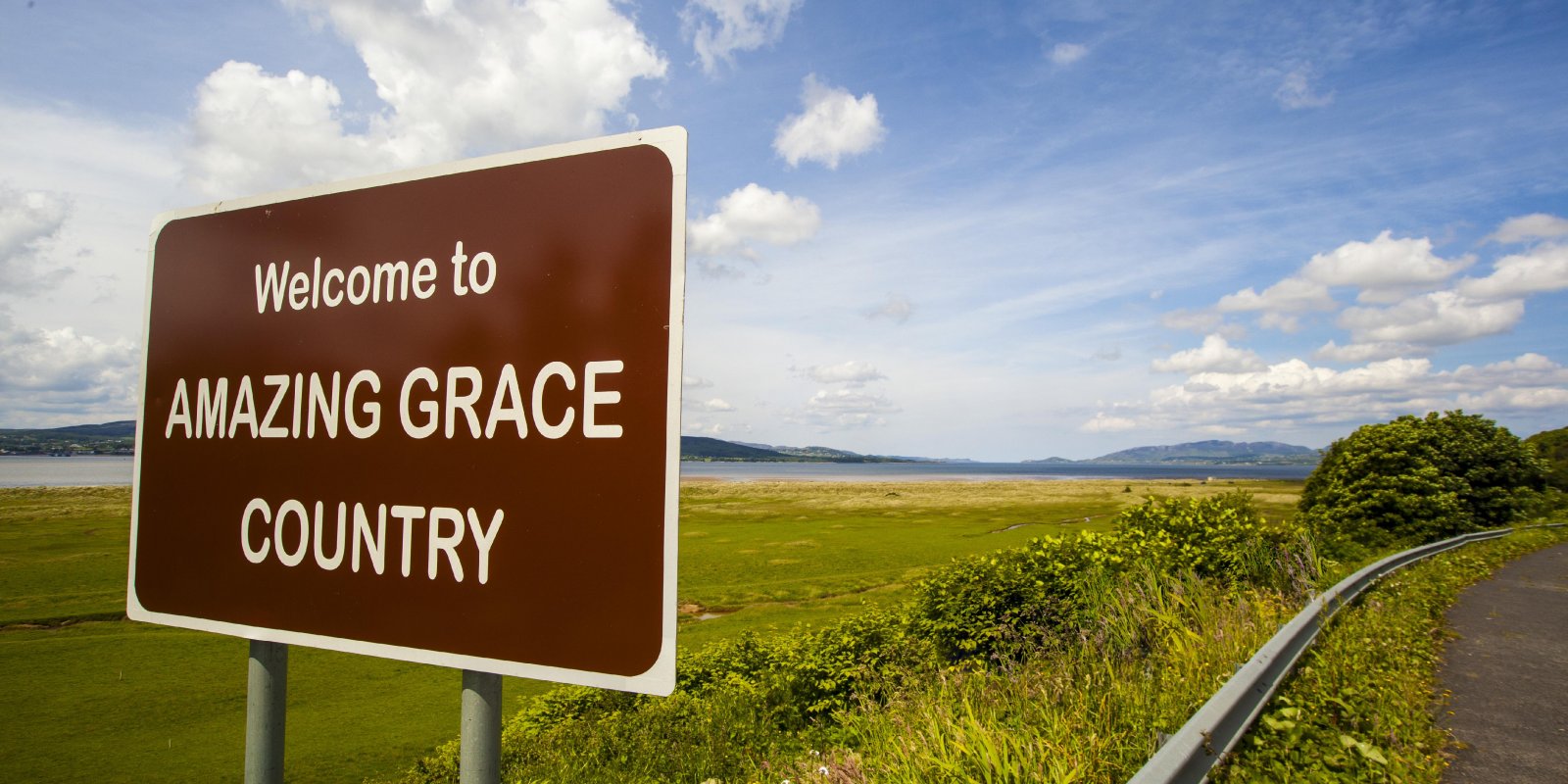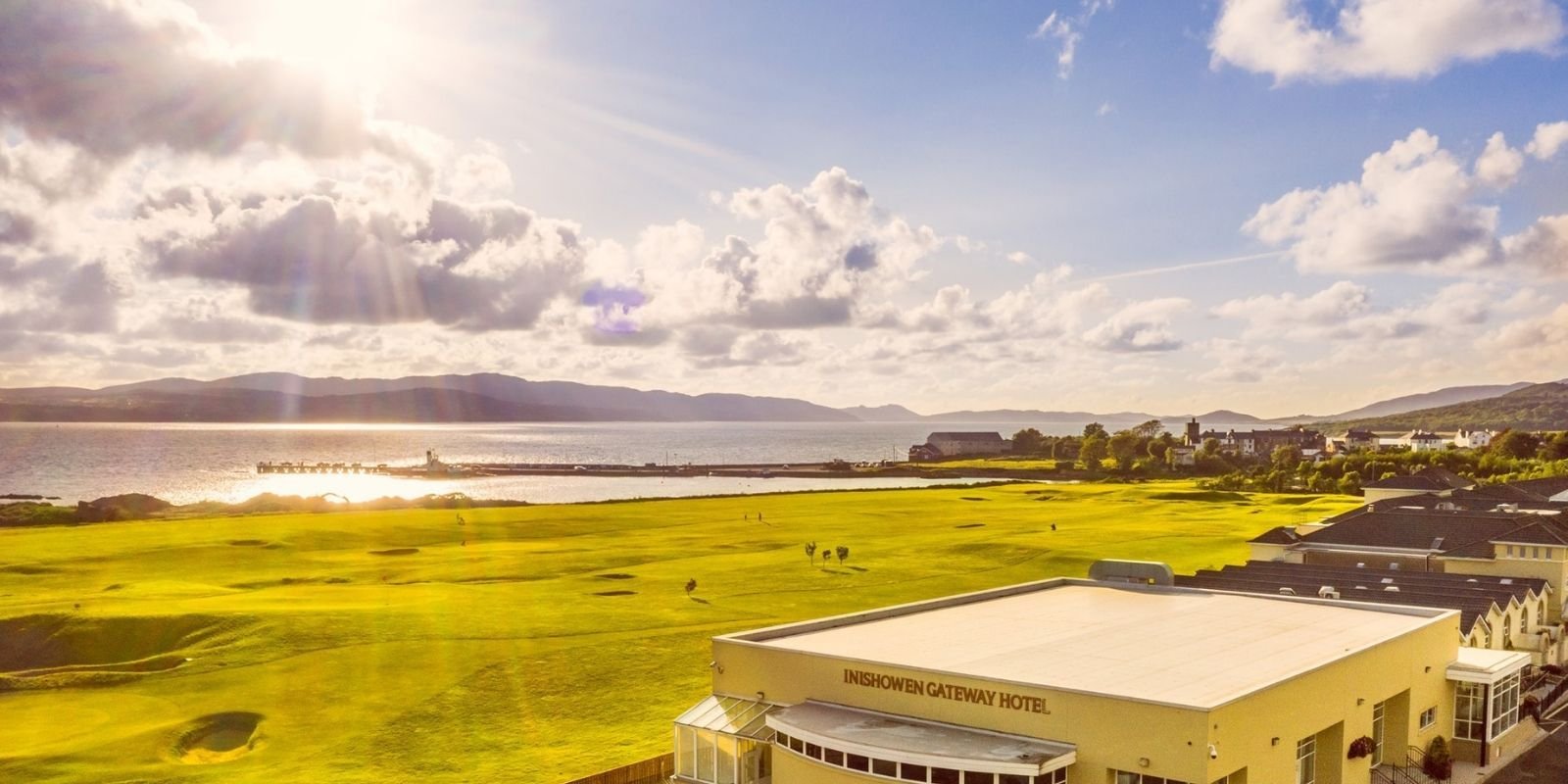Ireland's stunning Lough Swilly in County Donegal, was the setting for a dramatic shipwreck which changed the life of John Newton, a foul-mouthed slave trader who went on to pen the world’s best loved hymn - "Amazing Grace." Newton later mentored William Wilberforce in his long battle to abolish the Trans-Atlantic Slave Trade. Experience “Amazing Grace Country” in beautiful Buncrana and be inspired by this moving and remarkable story.
(All information & images sourced from www.amazinggrace.ie)


